 World Menopause Day is held each year on 18 October to raise awareness, break the stigma and highlight the support available for improving health and wellbeing for those experiencing menopause.
World Menopause Day is held each year on 18 October to raise awareness, break the stigma and highlight the support available for improving health and wellbeing for those experiencing menopause.
Menopause is not just a gender or age issue, it is an organisational issue which can impact colleagues both directly or indirectly. Awareness around this topic is key to reducing the stigma attached to menopause and encouraging people to talk more openly about it.
The Long Term Workforce Plan has emphasised the importance of retaining our valued NHS workforce. Employers should be looking at their wellbeing offer and critically evaluating the experience of staff through all stages of their careers. The NHS People Promise explores the seven elements of creating a positive staff experience. A positive staff experience and a rounded support offer are vital to encouraging staff to remain in the workplace.
Did you know?
Research from the Chartered Institute of Personnel and Development (CIPD) showed that:
- women aged 50 and over are the fastest growing group in the workforce; the average age for menopause transition is 51
- three out of five working women aged between 45 and 55 who are experiencing menopause symptoms say it has a negative impact on them at work
- more than half of this group said they experienced more stress
- nearly a third of women have taken sick leave due to their symptoms, but only a quarter told managers the real reason why.
World Menopause Day 2023
The theme for World Menopause Day 2023 is cardiovascular disease. The link between reproductive factors and cardiovascular disease is another important aspect of menopause that women need to be aware of.
Researchers have recently discovered that a woman’s reproductive experiences (including menstruation, pregnancy, breast cancer treatments and menopause) can affect the chances of developing cardiovascular disease later in life. Awareness of this can help determine an individual’s risk.
The International Menopause Society has a range of resources available to support this year’s theme, these resources are also available in different languages.
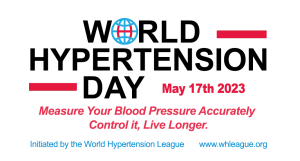 17 May is World Hypertension Day – check your blood pressure
17 May is World Hypertension Day – check your blood pressure World Multiple Sclerosis Day, falling on May 30, invites dialogue on the disease. Multiple Sclerosis (MS) is a chronic progressive disease where the insulating covers of the nervous system are damaged. MS is also known as encephalomyelitis disseminata, and its symptoms include muscle weakness, double vision, and mental/physical problems. Due to the lack of research studies on the disease, the exact causes behind it are generally unknown. Many scientists believe that there might be a connection between the onset of the disease and genes and/or nerve-cell dysfunction. Furthermore, there is no permanent cure as of yet. The symptoms can be relieved using the right set of treatments and medication.
World Multiple Sclerosis Day, falling on May 30, invites dialogue on the disease. Multiple Sclerosis (MS) is a chronic progressive disease where the insulating covers of the nervous system are damaged. MS is also known as encephalomyelitis disseminata, and its symptoms include muscle weakness, double vision, and mental/physical problems. Due to the lack of research studies on the disease, the exact causes behind it are generally unknown. Many scientists believe that there might be a connection between the onset of the disease and genes and/or nerve-cell dysfunction. Furthermore, there is no permanent cure as of yet. The symptoms can be relieved using the right set of treatments and medication.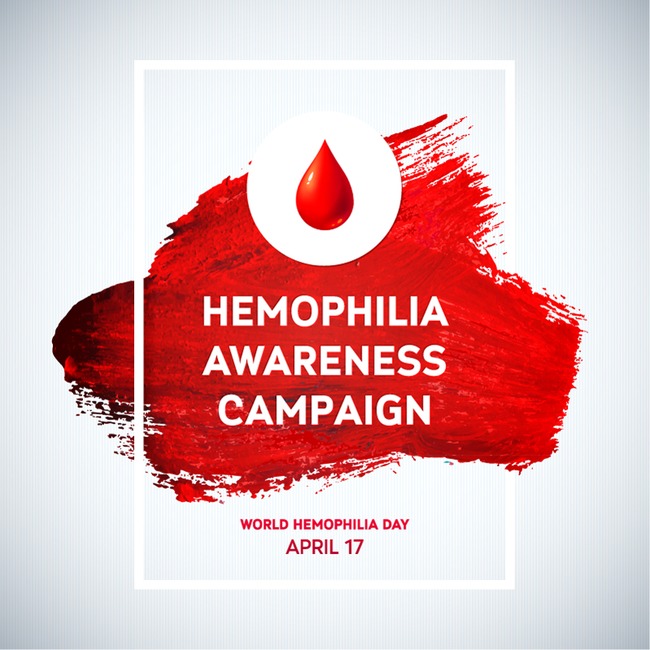 Nicking your finger with a knife while chopping some tomatoes for a salad is just a nuisance for most of us—we utter a choice word or two, rinse the cut, apply a disinfectant and maybe a band-aid, and then proceed to go on with our lives. The same goes for, say, tripping and falling—most of us will just get up and keep on going, not giving the situation any more thought and barely noticing the bruise that may appear afterward. Unfortunately, there are people whose very lives may be put in danger because of such seemingly minor accidents: hemophiliacs.
Nicking your finger with a knife while chopping some tomatoes for a salad is just a nuisance for most of us—we utter a choice word or two, rinse the cut, apply a disinfectant and maybe a band-aid, and then proceed to go on with our lives. The same goes for, say, tripping and falling—most of us will just get up and keep on going, not giving the situation any more thought and barely noticing the bruise that may appear afterward. Unfortunately, there are people whose very lives may be put in danger because of such seemingly minor accidents: hemophiliacs.
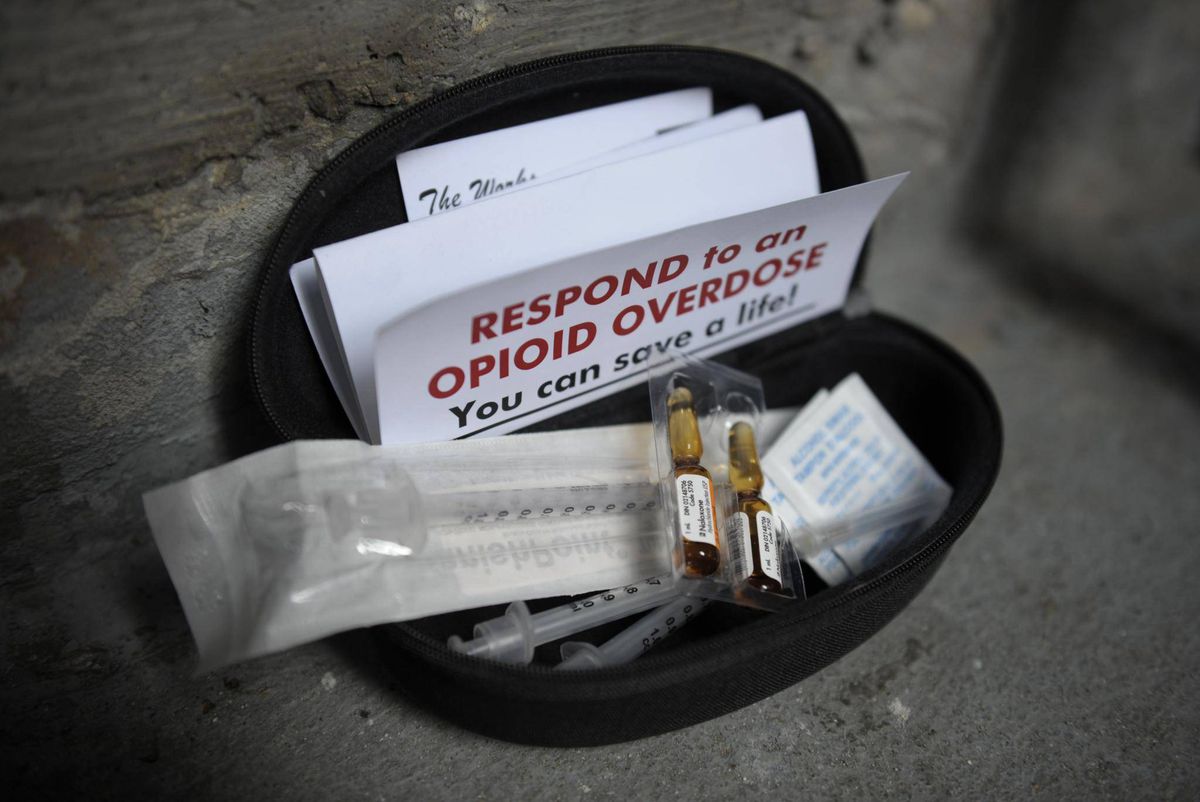
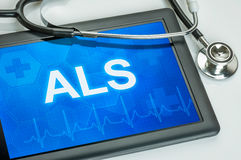
 from the spinal cord and motor nuclei of brain to a particular muscle or muscles.
from the spinal cord and motor nuclei of brain to a particular muscle or muscles. Amyotrophic lateral sclerosis (ALS, also known as Lou Gehrig’s disease) is a specific disorder that involves the death of neurons that control voluntary muscles. In a number of countries, the term motor neurone disease (MND) is commonly used, while others use that term for a group of five conditions of which ALS is the most common. ALS is characterized by stiff muscles, muscle twitching, and gradually worsening weakness due to muscles decreasing in size. This results in difficulty speaking, swallowing, and eventually breathing.
Amyotrophic lateral sclerosis (ALS, also known as Lou Gehrig’s disease) is a specific disorder that involves the death of neurons that control voluntary muscles. In a number of countries, the term motor neurone disease (MND) is commonly used, while others use that term for a group of five conditions of which ALS is the most common. ALS is characterized by stiff muscles, muscle twitching, and gradually worsening weakness due to muscles decreasing in size. This results in difficulty speaking, swallowing, and eventually breathing.
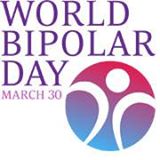 World Bipolar Day (WBD) will be celebrated each year on March 30th, the birthday of Vincent Van Gogh, who was posthumously diagnosed as probably having bipolar disorder. The vision of WBD is to bring world awareness to bipolar disorders and eliminate social stigma. Through international collaboration the goal of World Bipolar Day is to bring the world population information about bipolar disorders that will educate and improve sensitivity towards the illness.
World Bipolar Day (WBD) will be celebrated each year on March 30th, the birthday of Vincent Van Gogh, who was posthumously diagnosed as probably having bipolar disorder. The vision of WBD is to bring world awareness to bipolar disorders and eliminate social stigma. Through international collaboration the goal of World Bipolar Day is to bring the world population information about bipolar disorders that will educate and improve sensitivity towards the illness.